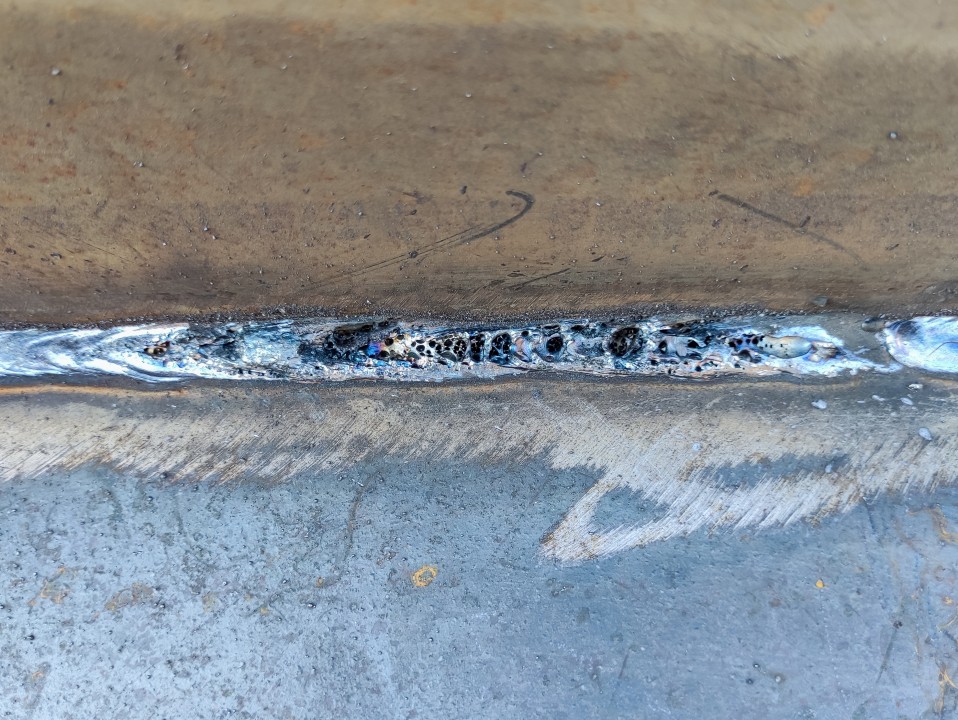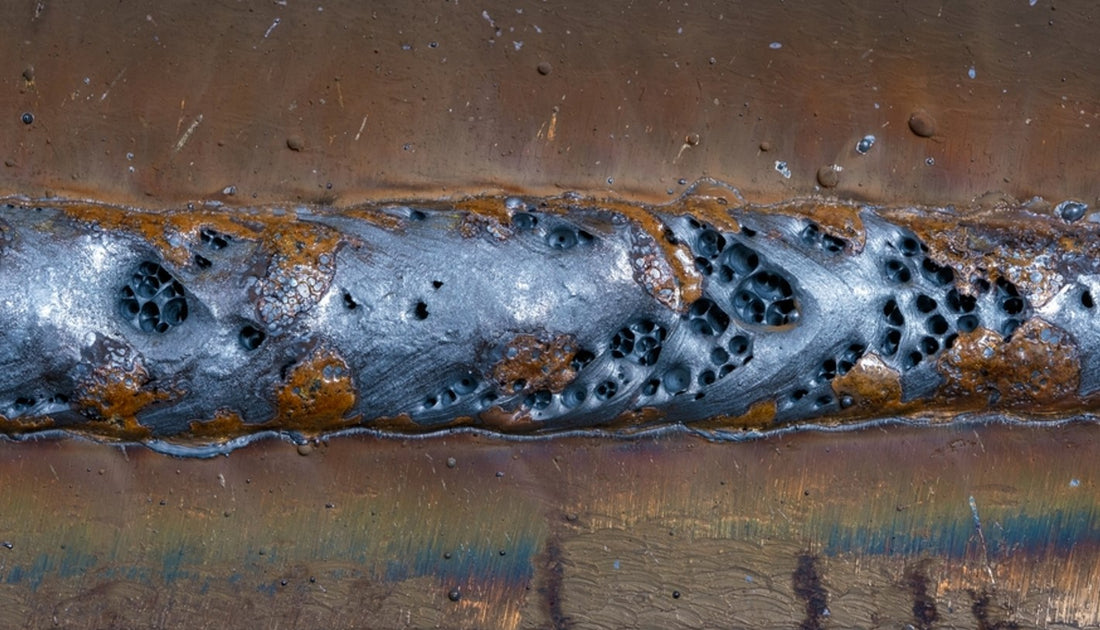What is Porosity in Welding: Best Practices for Avoiding Porous Welds
The Science Behind Porosity: A Comprehensive Overview for Welders and Fabricators
Understanding the elaborate systems behind porosity in welding is essential for welders and makers striving for flawless workmanship. From the structure of the base products to the intricacies of the welding process itself, a wide range of variables conspire to either exacerbate or relieve the existence of porosity.
Comprehending Porosity in Welding
FIRST SENTENCE:
Assessment of porosity in welding discloses important understandings into the honesty and quality of the weld joint. Porosity, defined by the visibility of tooth cavities or gaps within the weld steel, is a common concern in welding procedures. These gaps, if not effectively resolved, can compromise the architectural integrity and mechanical buildings of the weld, resulting in potential failures in the finished item.

To find and quantify porosity, non-destructive screening techniques such as ultrasonic testing or X-ray inspection are typically used. These strategies enable the identification of inner flaws without compromising the honesty of the weld. By analyzing the size, form, and distribution of porosity within a weld, welders can make informed decisions to improve their welding processes and attain sounder weld joints.

Factors Affecting Porosity Development
The occurrence of porosity in welding is affected by a myriad of variables, ranging from gas securing efficiency to the complexities of welding criterion settings. One critical factor adding to porosity formation is poor gas shielding. When the protecting gas, usually argon or carbon dioxide, is not efficiently covering the weld pool, climatic gases like oxygen and nitrogen can pollute the molten metal, resulting in porosity. Additionally, the sanitation of the base materials plays a significant function. Pollutants such as rust, oil, or wetness can vaporize during welding, producing gas pockets within the weld. Welding criteria, including voltage, existing, travel rate, and electrode kind, likewise effect porosity formation. Using incorrect setups can produce extreme spatter or warmth input, which consequently can result in porosity. The welding method utilized, such as gas steel arc welding (GMAW) or secured steel arc welding (SMAW), can influence porosity development due to variations in warm distribution and gas coverage. Understanding and regulating these variables are necessary for minimizing porosity in welding operations.
Results of Porosity on Weld High Quality
Porosity formation significantly compromises the structural honesty and mechanical properties of welded joints. When porosity is existing in a weld, it produces gaps or dental caries within the material, reducing the total stamina of the joint. These spaces serve as stress focus factors, making the weld extra prone to fracturing and failing under lots. The existence of porosity also damages the weld's resistance to deterioration, as the caught air or gases within deep spaces can react with the surrounding environment, bring about deterioration with time. In addition, porosity can impede the weld's capability to stand up to pressure or effect, additional threatening the general quality and integrity of the welded structure. In critical applications such see this page as aerospace, auto, or structural building and constructions, where safety and security and durability are vital, the destructive impacts of porosity on weld high quality can have extreme repercussions, emphasizing the importance of decreasing porosity through appropriate welding strategies and procedures.
Techniques to Reduce Porosity
To enhance the top quality of welded joints and ensure architectural honesty, welders and fabricators utilize particular strategies targeted at minimizing the formation of voids and dental caries within the product throughout the welding procedure. One effective technique to lessen porosity is to make certain correct product prep work. This consists of complete cleansing of the base steel to get rid of any type of pollutants such as oil, grease, or moisture that might add to porosity formation. Additionally, using the ideal welding parameters, such as the proper voltage, existing, and take a trip speed, is important in avoiding porosity. Preserving a constant arc size and angle during welding likewise helps in reducing the possibility of porosity.

Furthermore, picking the right securing gas and keeping proper gas circulation rates are crucial in lessening porosity. Using my sources the appropriate welding technique, such as back-stepping or utilizing a weaving movement, can also assist disperse warmth evenly and minimize the chances of porosity formation. Finally, ensuring correct ventilation in the welding environment to remove any prospective resources of contamination is essential for achieving porosity-free welds. By applying these strategies, welders can efficiently lessen porosity and generate top quality bonded joints.

Advanced Solutions for Porosity Control
Executing advanced technologies and cutting-edge methods plays a pivotal duty in achieving superior control over porosity in welding procedures. One sophisticated remedy is making use of innovative gas mixes. Protecting gases like helium or a combination of argon and hydrogen can help in reducing porosity by offering better arc security and improved gas insurance coverage. In addition, utilizing advanced welding methods such as pulsed MIG welding or modified ambience welding can additionally help alleviate porosity issues.
One more innovative remedy involves using innovative welding equipment. Using devices with built-in attributes like waveform control and innovative power resources can enhance weld high quality and reduce porosity threats. The application of automated welding systems with specific control over parameters can considerably decrease porosity flaws.
In addition, integrating sophisticated monitoring and examination innovations such as real-time X-ray imaging or automated ultrasonic screening Clicking Here can help in finding porosity early in the welding procedure, enabling prompt rehabilitative activities. On the whole, integrating these innovative solutions can considerably improve porosity control and improve the general high quality of bonded parts.
Verdict
In verdict, comprehending the science behind porosity in welding is vital for welders and makers to produce high-grade welds - What is Porosity. Advanced options for porosity control can additionally boost the welding process and make sure a solid and trusted weld.